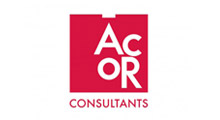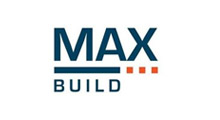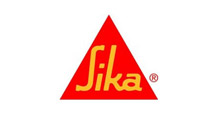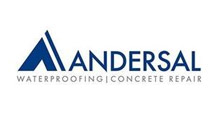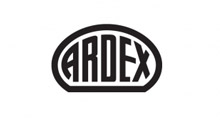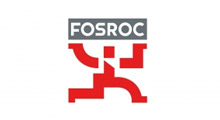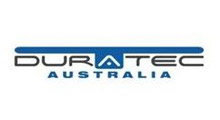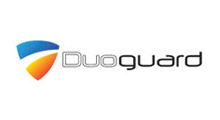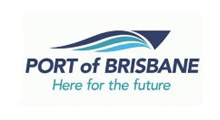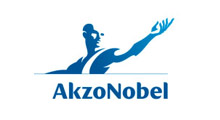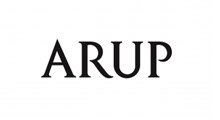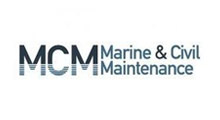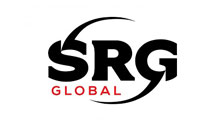
ACRP article 2022 by Kieran Smith ACRA President
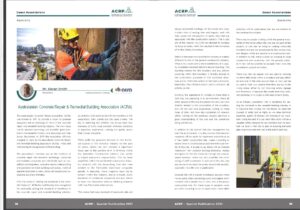 ACRA President Kieran Smith was recently invited to write for ACRP.
ACRA President Kieran Smith was recently invited to write for ACRP.
The European Association for Construction Repair, reinforcement and protection, ACRP, is a European non-profit association, founded in 2020.
Below is the article written for the membership and industry stakeholders of ACRP. We’ve extended an invite for them to do the same for ACRA.
The Australasian Concrete Repair Association (ACRA) was formed in 1991 to provide a forum to promote discussion and an exchange of views in the concrete repair and remedial building industry. The main focus was to advance technology and establish good practice in the remedial industry and associated activities across Australasia. In 2019 the Association officially changed its name to the Australasian Concrete Repair and Remedial Building Association (ACRA), whilst still maintaining its recognisable ACRA branding.
The Association’s members are at the forefront of concrete repair and remedial technology worldwide and includes companies and individuals such as consultants and engineers, concrete repairs waterproofing and specialist remedial building contractors, material suppliers and asset owners, along with educational institutions and their affiliates.
With the motto of “setting the standards in the remedial industry”, ACRA has traditionally been recognised for continually setting the standards of excellence in the concrete repair and remedial building industry; an ambition that seeks to benefit the members of the Association, their clients and the asset owners. The key to achieving this ambition has always been that members of ACRA must maintain minimum standards in expertise, experience, training and quality across their chosen discipline.
While ACRA has generally focused on the technical aspects of the remedial industry for the past 30 years, safety has now become a significant focus due to the positive shift in thinking within the Australian Construction Industry that safety is indeed everyone’s responsibility. This has been amplified within the residential construction industry recently with the devastating fires that were related to the flammable aluminium composite panels. In Australia, these tragedies have led to reform within the industry, and as a result, many hundreds of residential properties are now slated to have the flammable exterior cladding replaced with non-flammable alternatives.
This means that many hundreds of previously safe and secure residential buildings will be turned into construction sites of varying sizes and degrees, and with that, comes the introduction of safety risks that are associated with the construction industry. This is just one of the reasons why ACRA has decided to increase its focus on safety which has resulted in the formation of its first Safety Committee.
Safety in the repair and remediation industry is notably different to that of the general construction industry. When a new construction site is established, it is usually completely enclosed behind a secure hoarding. This hoarding creates the site boundary and any activity occurring within that boundary is directly related to the construction processes of that particular structure and is within the control of the head contractor. Essentially, they will be aware of, and in control of, all activity on site
Similarly, the experience of workers on these sites is that they are operating in an environment where all other people on the site are present to carry out work directly related to the construction of the structure, and will not only have experience working on these types of sites, but have also completed all relevant safety training for the particular project and have a good understanding of the size and the operations being carried out.
In addition to the control that site management has over the environment, it is also common that security measures will be easier to implement and enforce on a “new build” construction site, where a hoarding or secure fence is constructed around the entire perimeter of the site. It is safe to say there will be minimal interaction with complex existing structures. Access and egress for the site should be through one central, secure location, which not only simplifies the monitoring of staff movements in and out of the site, but also serves to increase the surety around site security, especially when the site is unattended.
Contrast this with a typical remediation project where we are quite often converting a safe and regular environment where people live or work, into a temporary construction site. For these types of projects works are often occurring on an occupied asset where daily activities will be undertaken that are not related to the construction project.
There may be people working within the general boundaries of the construction site who are not part of the project, or who may be living or working within the structure and are not accustomed to the various risks and dangers which are present on a construction site. In addition to this, there is often an increase in close interactions and co-activity with the general public, as it may not be possible to exclude them from the remediation project activities.
There may also be people who are used to carrying out their daily tasks within a structure and may either be unaware of the risks around them or may just be so used to their own routine that they end up in the wrong place, either by not following safety signage and diversions, or because the unsafe area they entered yesterday is no longer a safe area to be in today.
As an industry Association with a reputation for setting the standards in the remedial building industry, it is important that moving into the future we value the concept of safety just as highly as we value technical expertise, quality of delivery and training of our members. Going forward it is our vision that ACRA will be a valuable safety resource for our members and we know that we have a vital role to play in ensuring everyone gets to go home safe and well at the end of each day.
Web: www.acrassoc.com.au



